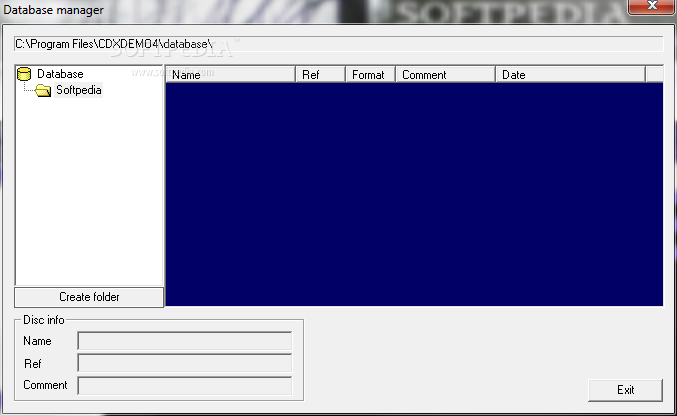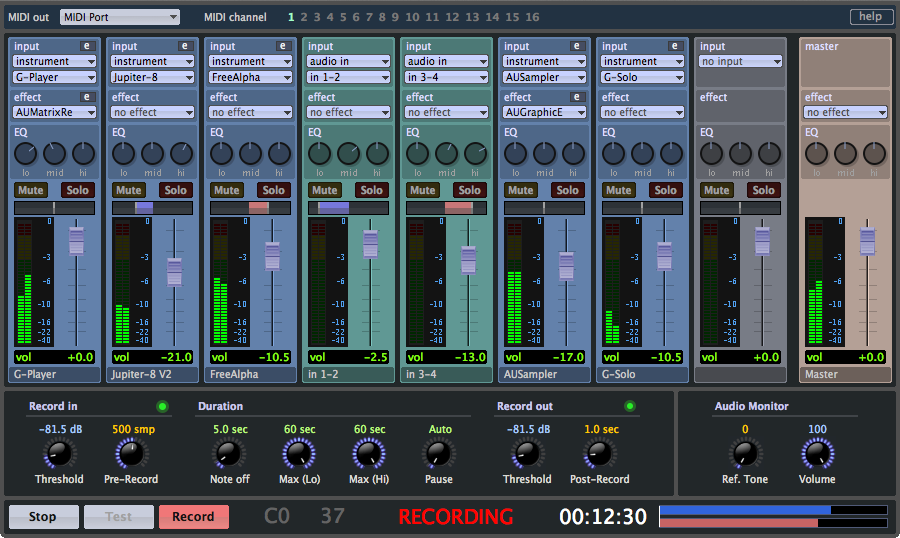
Ear and eye formation: left whole mount and right cross section (dorsal part oriented to the left here)1 = Myencephalon, 2 = Otic vesicle, 3 = Chorda, 4 = Pharyngeal cavity, 5 = Pharynx, 6 = Optic vesicle, 7 = Lens placode (lens formation), 8 = Optic cup, 9 = Diencephalon a, b, c, d : schematical representation of the eye formation overtime e and f: detail of sectionsġ = Neurectoderm, 2 = Epidermal (surface) ectoderm, 3 = Mesoderm, 4 = Optical vesicle, 5 = Optical cup, 6 = lens, lp = Lens placode (lens formation)B. Embryology in chicken 48 hours after fertilization: stained whole-mount preparationġ Amnion, 2 Metencephalon, 3 Mesencephalon, 4 Optic cup + lens, 5 Prosencephalon, 6 Otic vesicle, 7 Branchial arches, 8 Atrium, 9 Ventricle, 10 Lateral fold, 11 Lateral mesoderm, 12 Vitelline arteria / vein, 13 Somite, 14 Spine, 15 Tail foldĬross section chicken embryo - 48 hoursA. The atrium and ventricle are well distinguishable in the figure. The heart differentiates in to 4 compartiments: the sinus venosus, connected with the veins, the atrium, the U-shaped ventricle and the bulbus cordis. The lens placode (placode=plate) will form the lens vesicle, the optic vesicle will become the optic cup and the auditory placode the auditory pit. The brain divides in to 5 vesicles: telencephalon and diencephalon (both formed by the division of the forebrain vesicle), mesencephalon, metencephalon and myencephalon (both formed by the division of the hindbrain vesicle). A few branchial grooves are already visible. The vitelline (yolk rich) arteries and veins become connected with the extra embryonic circulatory vessels. These folds definitely establish the first extra embryonic membrane (=outside of the embryo): the amnion membrane. The head becomes covered by a double fold. A second flexure appears at the transition of the head and the body just behind the heart region.

The cephalic region of the embryo is twisted in such a manner that the left side comes to lie next to the yolk. The outgrowth of the cranial flexure is so strong that the forebrain and hindbrain vesicles become almost located to each other. In addition to the head fold of the amnion, also the lateral and caudal amniotic folds begin to form.

The position of the embryo with respect to the yolk changes strongly about 48 hours after fertilization. Whole mount preparation 48 hrsInformation: DIAGRAMS: seven drawing of the chick whole mounts and sections to be made or labeled.
#Cdxtract samplit serial
CHICK DEVELOPMENT THIS INVESTIGATION REQUIRES: primitive streak stage (18 hr) x-section, 24 hr sagital, 33 hr serial x-sections, 48 or 56 hr x-sections and whole mounts, 72 hr whole mounts and x-sections, and sagital sections, 96 hr whole mounts. The fluid in the amniotic cavity provides a buffer that protects the embryo from high forces. Is a fluid filled sac that is also known as the 'bag of waters' in humans. Thin layer of tissue surrounding the embryo. Cross Section of the 72 Hour Chick Embryo through the head and heart.

Through the trunk region of 48 hours chick embryo with lateral body fold Neural tube Notochord Somite Amniotic folds Embryonic coelom Dorsal aorta. At the end of 48 hours chick twisting will reach the cervical flexure. As the development proceeds the anterior end of embryo is turns towards right and hence the anterior part of embryo comes to lie on the left side of yolk. Its ventral surface is in contact with yolk. Torsion: The 24 hours chick embryo is flat. Eventually the rest of the body will twist to the left so that the embryo is lying on its left side atop the yolk. The embryo has turned its head and bent it toward the yolk, so that the left side of its head rests on the yolk sac (like a pillow). A 48 Hour Embryo The chick embryo has almost doubled in length from 33 to 48 hours.


 0 kommentar(er)
0 kommentar(er)
